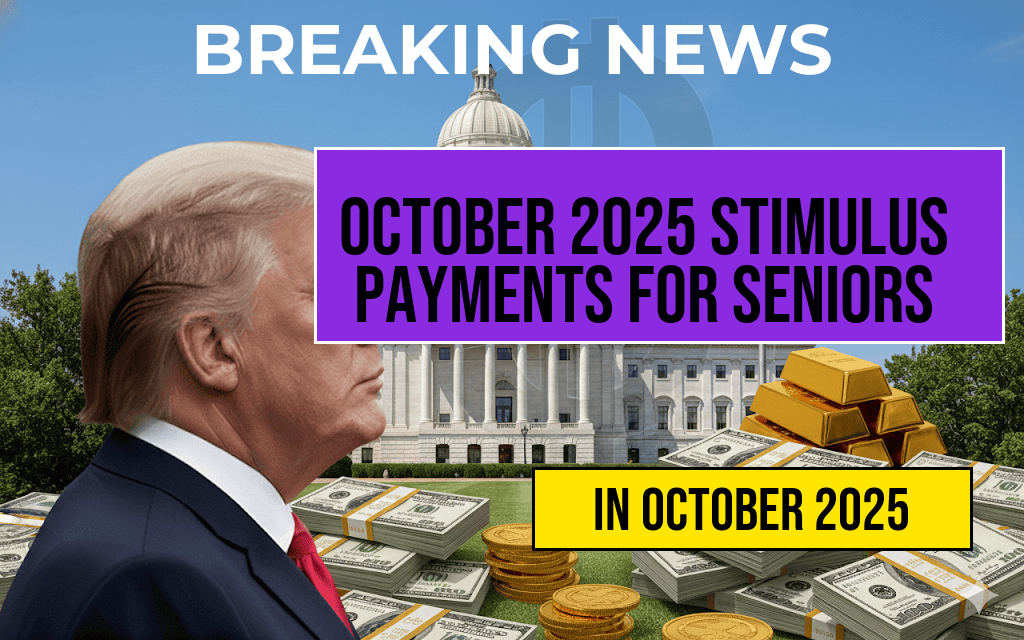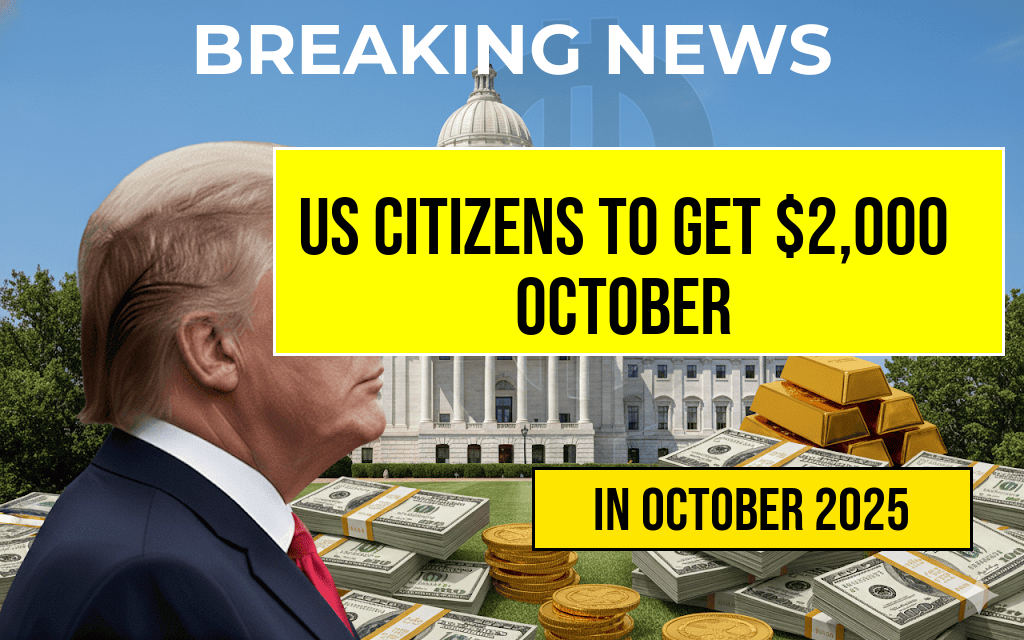Eligible seniors across the United States are preparing for a significant financial boost scheduled for October 2025, as part of the ongoing stimulus initiatives aimed at supporting older Americans amidst economic fluctuations. The upcoming payment schedule will see many seniors receiving a $1,702 stimulus payment, designed to help offset rising costs of living, healthcare expenses, and other financial pressures. This payment is part of broader efforts by federal agencies to ensure vulnerable populations maintain financial stability during challenging economic periods. The distribution, which is expected to occur throughout October, reflects a targeted approach to assist seniors who rely heavily on fixed incomes such as Social Security, retirement savings, or other federal assistance programs. For many, this payment represents a crucial financial resource, helping to cover essentials like housing, medical care, and daily expenses amid ongoing inflationary trends.
Understanding the October 2025 Payment Schedule
Who qualifies for the stimulus payments?
- Seniors aged 62 and older receiving Social Security benefits or federal retirement income
- Individuals with limited income thresholds as outlined by the Social Security Administration (SSA) and federal guidelines
- Recipients of Supplemental Security Income (SSI) and other assistance programs
- Residents dependent on fixed monthly incomes affected by recent inflation rates
Payment details and schedule
| Date | Payment Amount | Eligibility Notes |
|---|---|---|
| October 1–7 | $1,702 | Recipients with Social Security benefit start dates in the first week |
| October 8–14 | $1,702 | Recipients with benefit start dates in the second week |
| October 15–21 | $1,702 | Recipients with benefit start dates in the third week |
| October 22–31 | $1,702 | Recipients with benefit start dates in the final week of October |
How the stimulus payments are determined
The amount of $1,702 stems from a combination of factors including inflation adjustments, cost-of-living increases, and legislative provisions intended to provide meaningful relief. The stimulus payments are generally aligned with adjustments made to Social Security benefits, which are recalibrated annually based on the Consumer Price Index for Urban Wage Earners and Clerical Workers (CPI-W). The recent legislative framework also includes provisions to target those most in need, ensuring that payments reach eligible seniors efficiently.
Mechanics of distribution
Payments are typically disbursed via direct deposit into the beneficiary’s bank account, with mailing options available for those without electronic banking access. Federal agencies coordinate with financial institutions and postal services to ensure timely delivery. Seniors are encouraged to verify their payment status through official portals such as Social Security Administration or their local benefit offices. The government has also emphasized the importance of safeguarding against scams related to these payments, urging recipients to remain vigilant and avoid sharing sensitive information.
Additional assistance programs and resources
Beyond the stimulus payments, seniors can access a range of programs designed to ease financial burdens, including:
- Medicare and Medicaid assistance programs for healthcare costs
- Supplemental Nutrition Assistance Program (SNAP) benefits
- Housing assistance initiatives aimed at reducing rent burdens
- Utility assistance programs for heating, cooling, and essential services
Navigating eligibility and application processes
To maximize available support, seniors are advised to consult resources such as USA.gov Benefits or local agencies for guidance on eligibility criteria and application procedures. Staying informed about upcoming payment schedules and program updates can help individuals plan their finances more effectively during these months.
Looking ahead: Policy implications and ongoing support
The October 2025 stimulus payments reflect a continuing commitment by policymakers to bolster the economic security of seniors amid evolving fiscal challenges. As inflation persists and healthcare costs rise, such targeted financial support remains a critical component of federal social safety nets. Discussions around future adjustments to benefit amounts and additional stimulus measures are ongoing, with advocacy groups urging lawmakers to consider long-term solutions that address the root causes of financial instability among older populations. For those interested in tracking legislative developments, resources like Congress.gov provide comprehensive updates.
Frequently Asked Questions
When are the October 2025 full payment schedule dates announced?
The October 2025 full payment schedule dates are typically announced by relevant authorities closer to the payment month, ensuring recipients are informed about when to expect their $1,702 stimulus payments for seniors.
Who qualifies for the $1,702 stimulus payments for seniors in October 2025?
Seniors who meet specific eligibility criteria, such as age requirements and income thresholds, qualify for the $1,702 stimulus payments in October 2025. It’s important to review official guidelines to confirm eligibility.
How will seniors receive their stimulus payments in October 2025?
Seniors can receive their stimulus payments via direct deposit, paper checks, or prepaid cards, depending on their preferred payment method and the information provided to the authorities.
Are there any tax implications associated with the October 2025 stimulus payments?
Generally, stimulus payments are not considered taxable income. However, recipients should consult with a tax professional for personalized advice and to understand any potential implications.
What should seniors do if they do not receive their $1,702 payment in October 2025?
If seniors do not receive their stimulus payment by the scheduled date, they should contact the appropriate agency’s customer service or check online portals for status updates and assistance.





